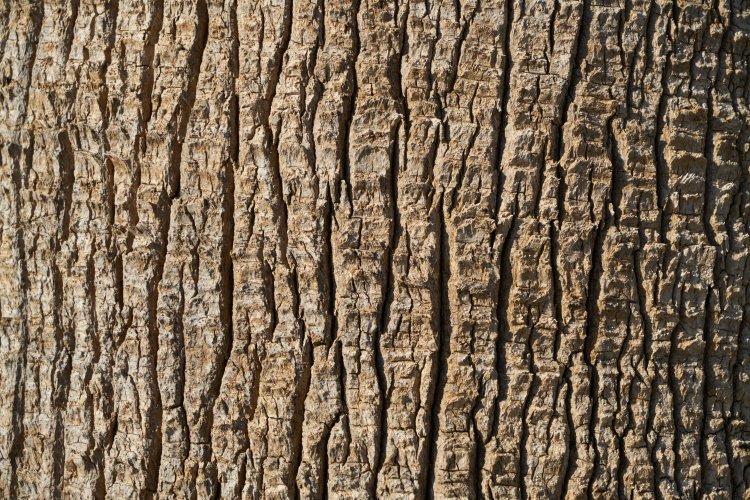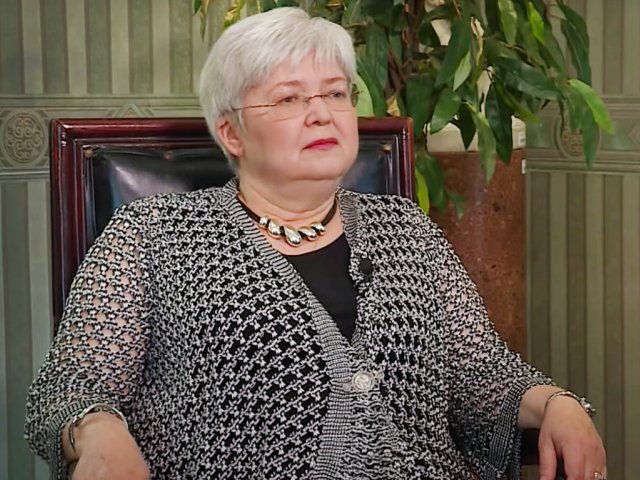On July 26, 1951, a birch bark manuscript was found for the first time at the Nerevsky Archaeological Site in Velikiy Novgorod. Birch bark manuscripts – letters and notes on birch bark ─ are unique ancient texts of Kievan Rus of the 11th-15th centuries. The document found in 1951 was a record of revenues coming from several villages in the Novgorod area to three landowners: Foma, Iyev, and a third man, whose name might have been Timofey.
Later, thousands of other birch bark manuscripts were found on archaeological sites. Those were ordinary private letters concerning debt collection, commerce, etc. Such notes were found in Staraya Russa, Torzhok, Smolensk, Pskov, Moscow, etc. It takes a special environment for a fragile birch bark manuscript to survive for centuries: the wet cultural layer has to be devoid of air, to avoid aeration and therefore microbes that destroy wood. Fortunately, those were the exact conditions in some locations in the abovementioned Russian cities.
The first birch bark manuscript was found during the expedition of the Moscow State University and Archeology Institute of the Academy of Sciences of the USSR. July 26 is an observance for Russian archaeologists ─ Birch Bark Day. On that day, scientist traditionally get together in Velikiy Novgorod at the location where the first birch bark manuscript was found, with an evening students’ parody show to follow.
There has been systemic archaeological research in Velikiy Novgorod for over 80 years, including 45 years of work on Troitsky site at Lyudin End of the medieval Novgorod.
Today, the first birth bark manuscript is kept at the State Historical Museum of Moscow.
Photo: enginakyurt / 123RF






















